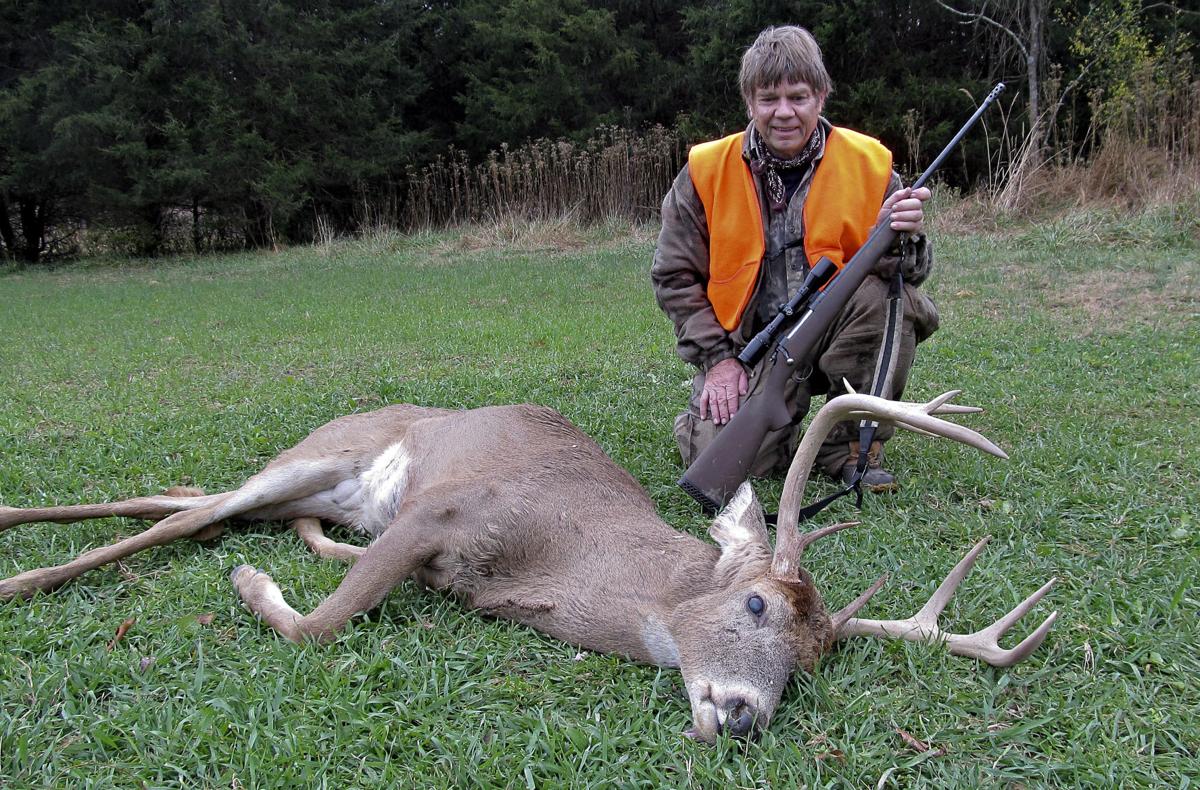Understanding deer hunting terms is crucial for anyone venturing into the world of hunting, whether a novice or a seasoned expert. With a myriad of terms and jargon used in hunting conversations, it’s important to familiarize yourself with the language to ensure clear communication and enhance your knowledge. This comprehensive guide delves into essential terminology for beginners, explores advanced deer hunting concepts, and dispels common misconceptions, providing both clarity and confidence as you embark on your hunting journey.
Essential Terminology for Novice Deer Hunters

For those new to deer hunting, grasping basic terminology can make the experience both more enjoyable and successful. One of the foundational terms to understand is “buck,” which refers to a male deer, distinguishable by its antlers, while a “doe” is a female deer, notable for lacking antlers. Recognizing the difference is critical for hunters, as regulations and licenses often specify which gender can be hunted.
Another crucial term is “rut,” which describes the breeding season when bucks are particularly active and more likely to be seen during daylight hours. This period is a strategic time for hunting, as bucks are less cautious and more focused on finding mates. Understanding the timing and behavior of deer during the rut can significantly increase your chances of a successful hunt.
“Stand” or “blind” refers to the areas or structures hunters use to conceal themselves from deer, allowing for a closer shot without detection. Blinds can be natural, like dense foliage, or man-made, such as camouflaged tents. Learning how to effectively use a stand or blind can greatly enhance your hunting experience by providing a strategic advantage when waiting for deer.
Advanced Deer Hunting Terms Explained

As hunters gain experience, more advanced terminology becomes relevant, offering deeper insights into deer behavior and hunting strategies. “Scrape line” is an advanced term that refers to a series of scrapes created by bucks during the rut to mark territory and communicate with does. These scrapes are valuable sites for hunters to monitor, as they indicate areas frequented by deer.
“Thermals” is a term often used by seasoned hunters to describe temperature-induced air currents that affect scent distribution. Understanding thermals is crucial for positioning yourself downwind of deer to avoid detection by their keen sense of smell. Mastering this concept can drastically improve your stealth and ultimately your success rate.
“Patterning” is a strategic term that involves studying and predicting deer movements based on observations and trail camera data. This practice allows hunters to anticipate where and when deer are likely to appear, enabling more intentional and successful outings. Advanced hunters often rely on patterning to refine their approach and maximize opportunities in the field.
Common Misconceptions in Deer Hunting Jargon
Despite the richness of deer hunting terminology, several misconceptions persist, often leading to confusion among hunters. One common misunderstanding involves the term “trophy buck.” While many assume this refers exclusively to deer with large antlers, in reality, a trophy buck is subjective and can vary depending on the hunter’s personal goals and experiences.
Another misconception surrounds the term “baiting,” often believed to be synonymous with illegal hunting practices. In fact, baiting laws vary significantly by region, and understanding the local regulations is essential. Some areas permit baiting under specific conditions, making it a legitimate strategy when used appropriately and legally.
Lastly, the term “bag limit” is sometimes misunderstood as the maximum number of deer one can hunt in a lifetime. In truth, it refers to the number of deer a hunter is allowed to harvest within a specific timeframe, usually a hunting season. Clarifying this misconception ensures hunters remain compliant with wildlife conservation efforts and legal requirements.
The world of deer hunting is steeped in terminology that can be daunting for newcomers and seasoned hunters alike. By familiarizing yourself with both essential and advanced terms, and by dispelling common misconceptions, you’ll not only enhance your hunting prowess but also engage more deeply with the hunting community. This comprehensive guide serves as a stepping stone towards becoming a more informed and effective hunter, ultimately enriching your experiences in the great outdoors.



